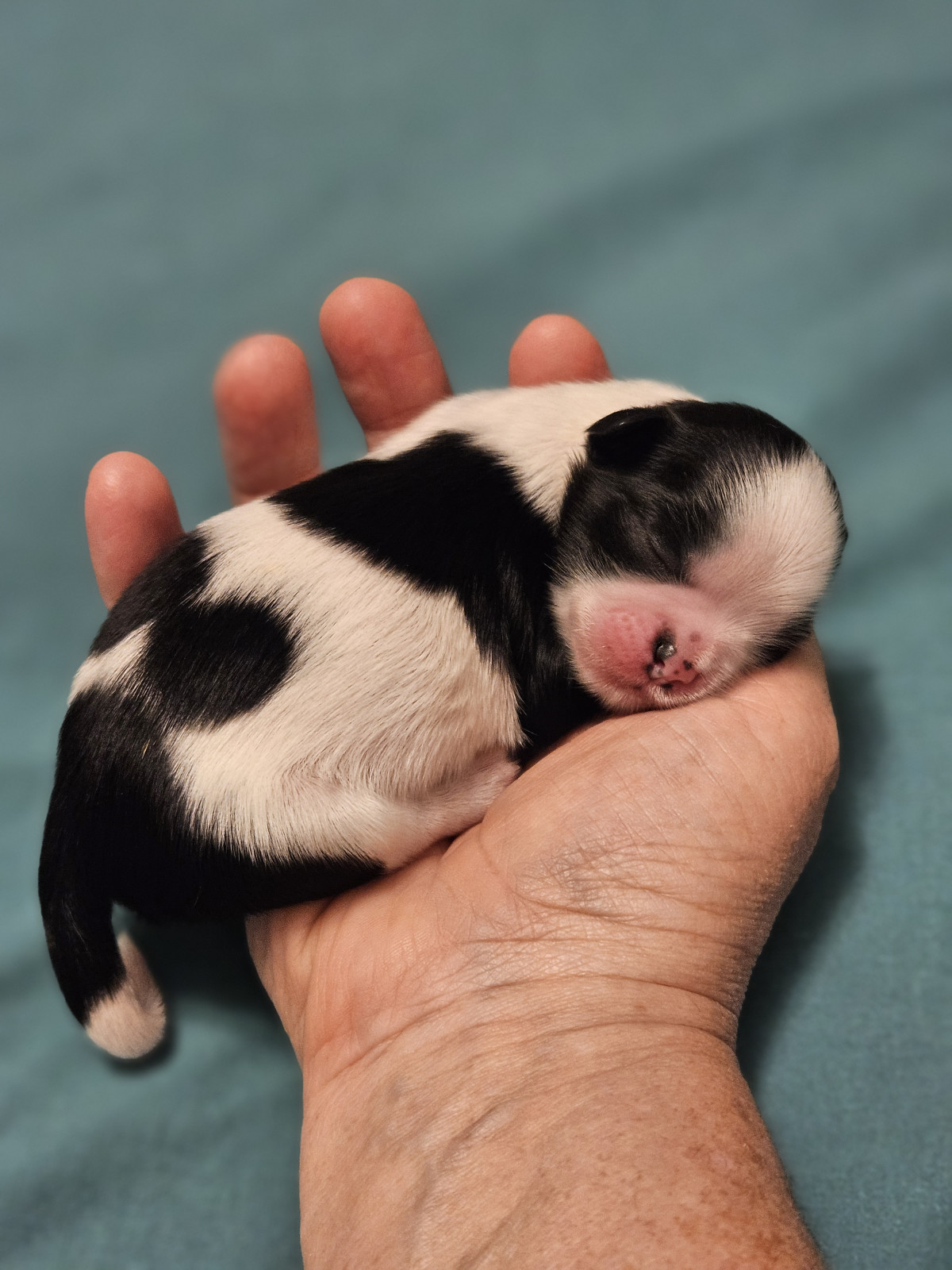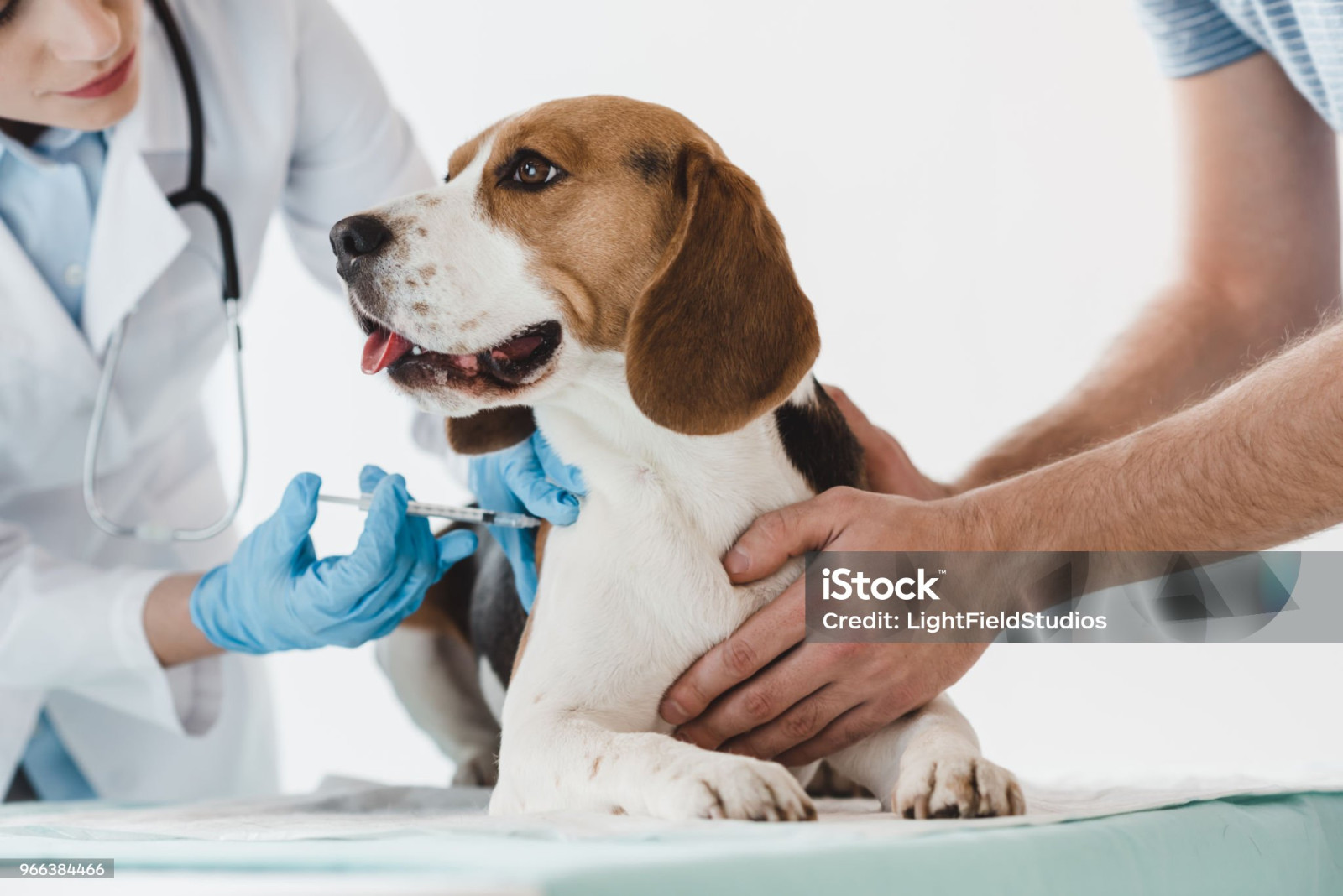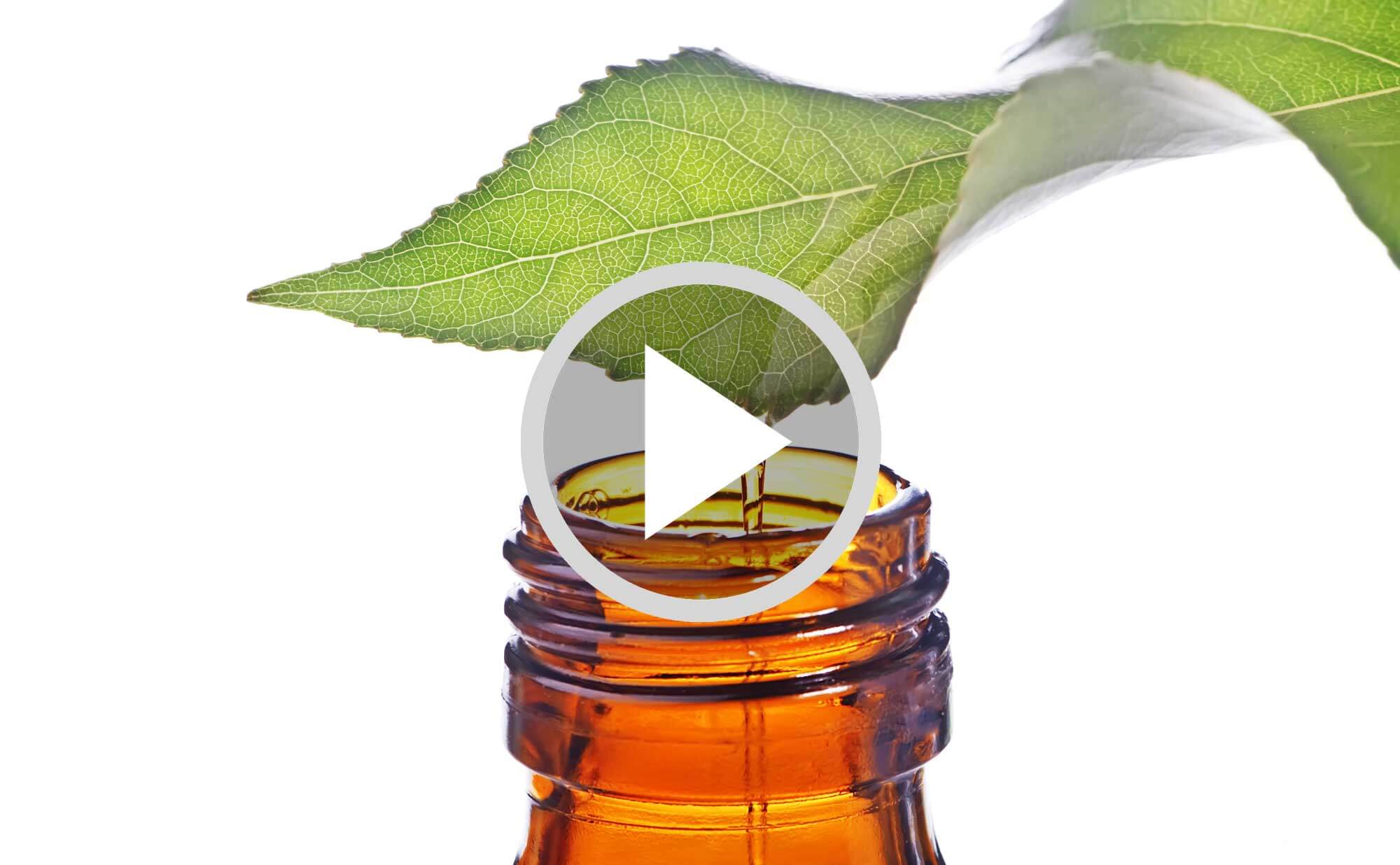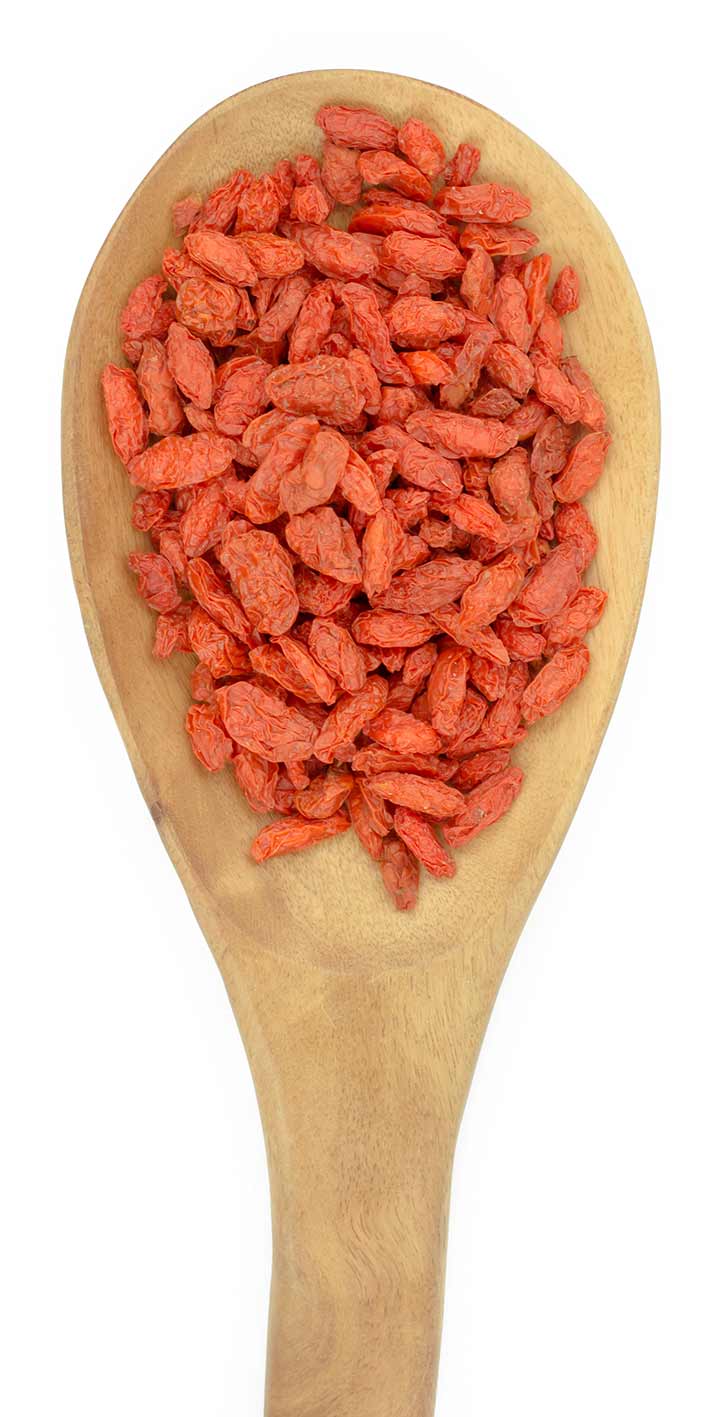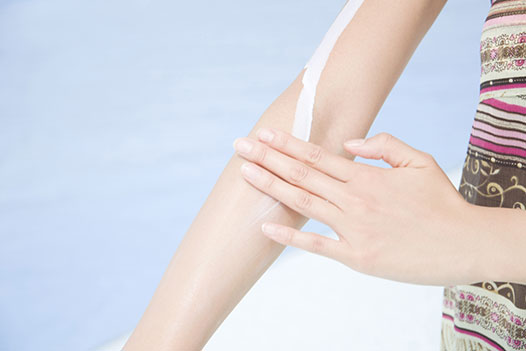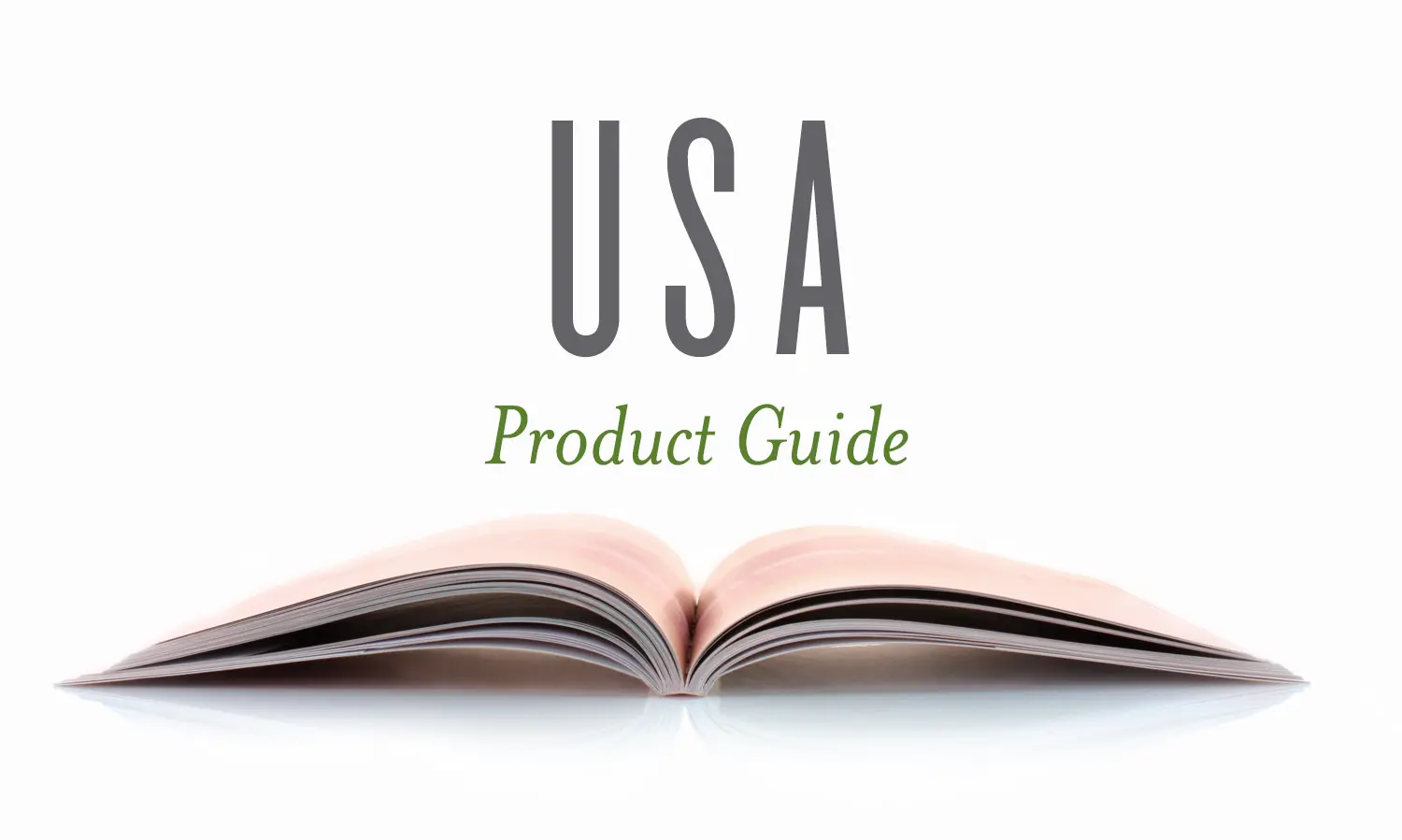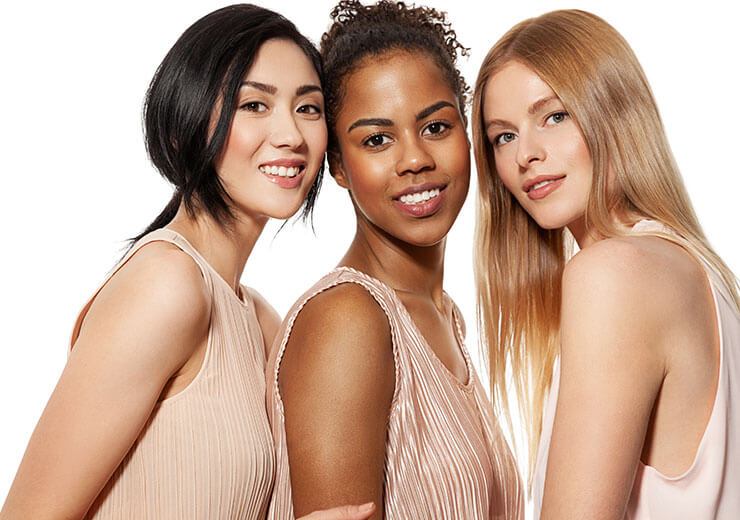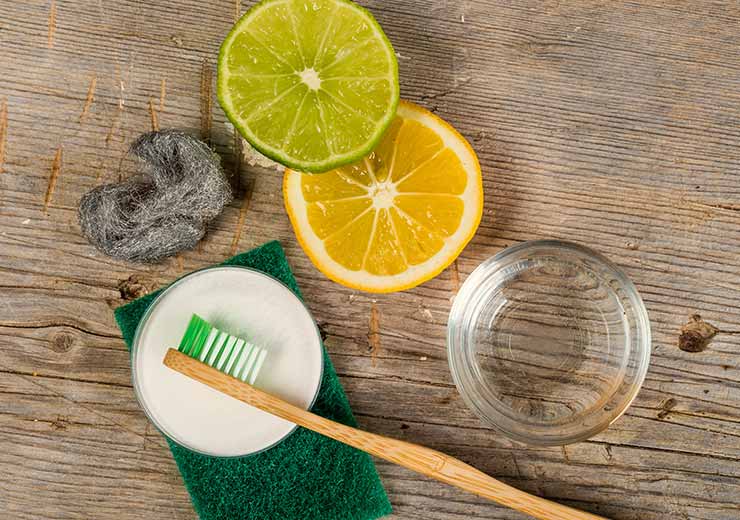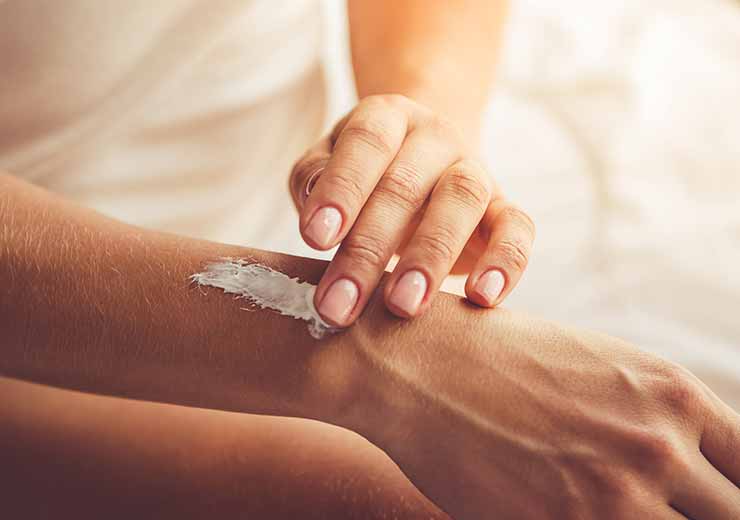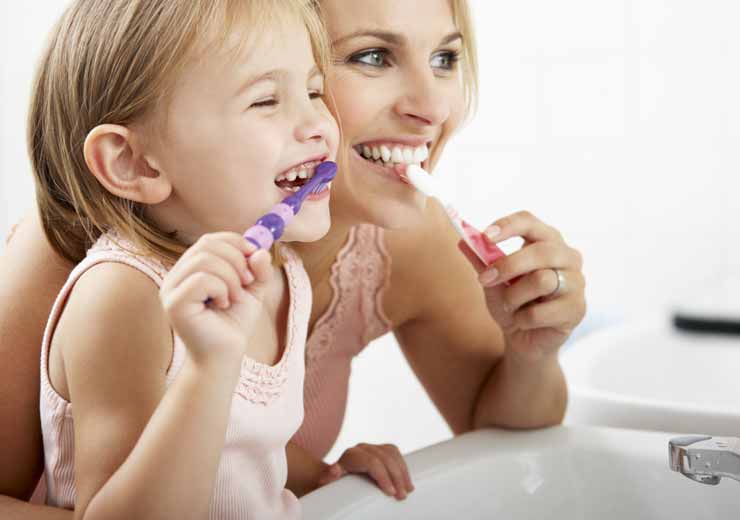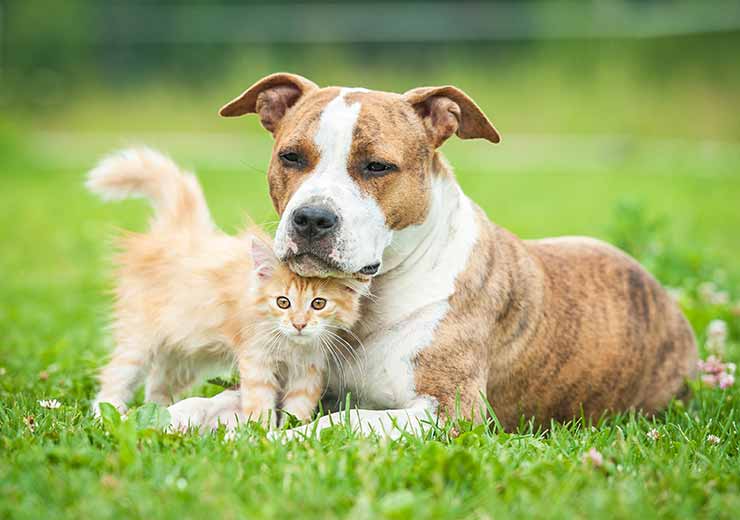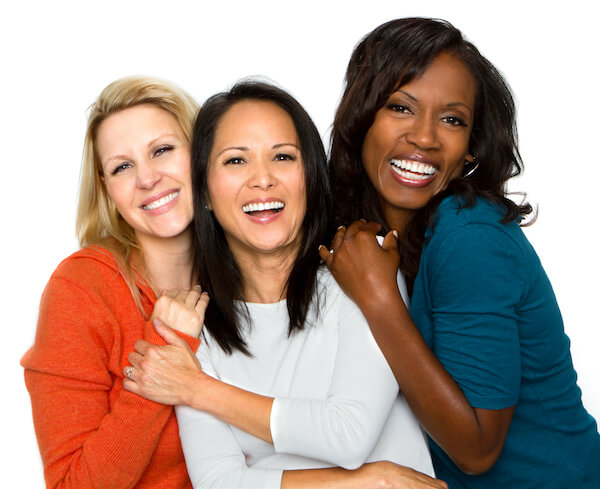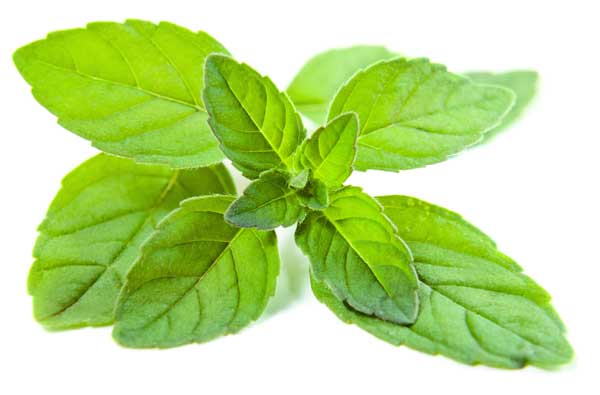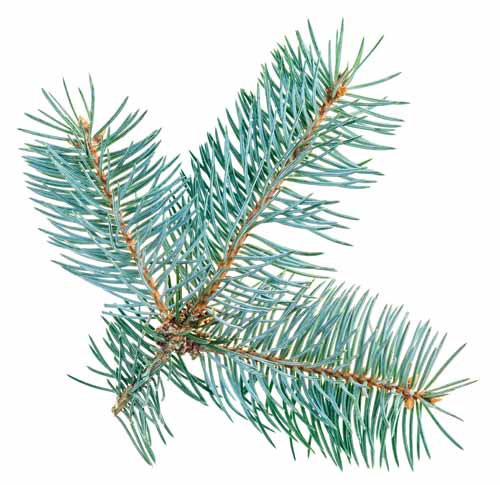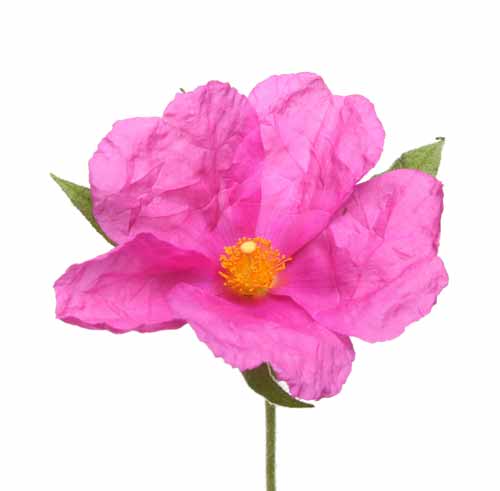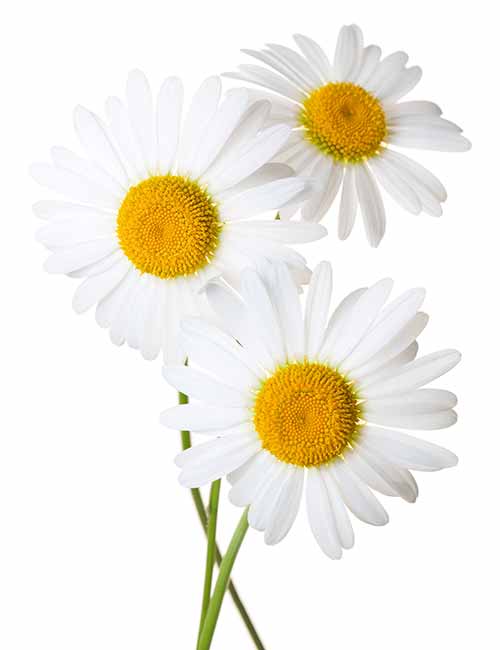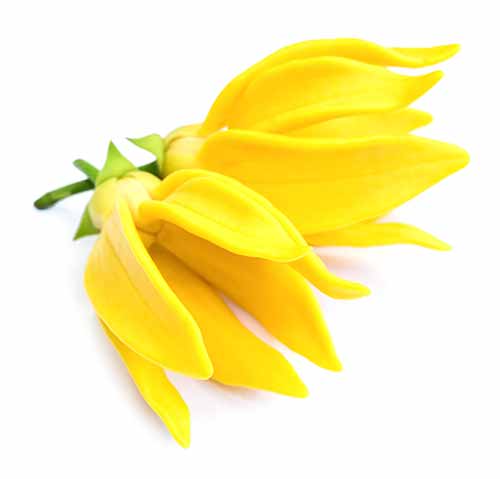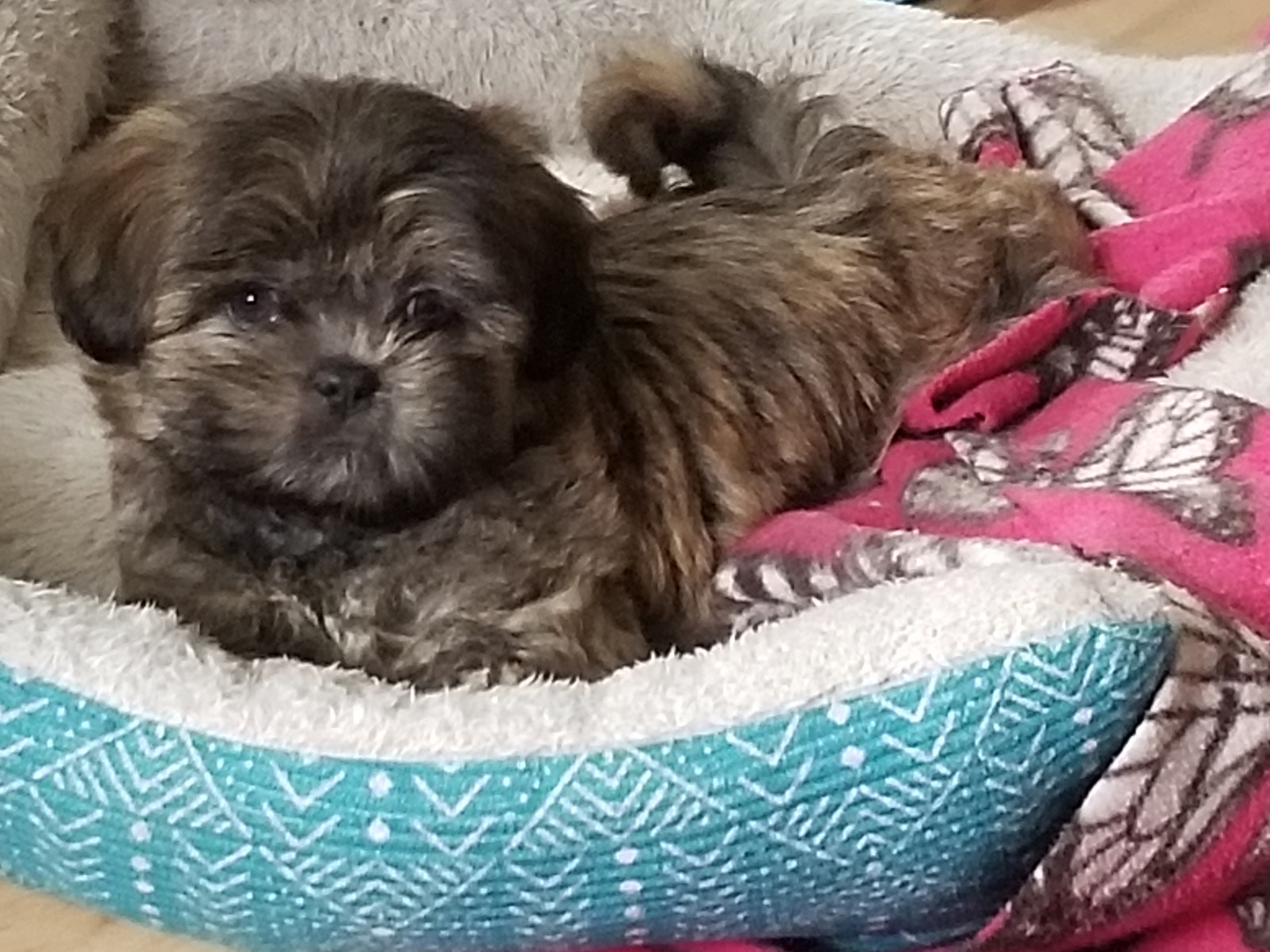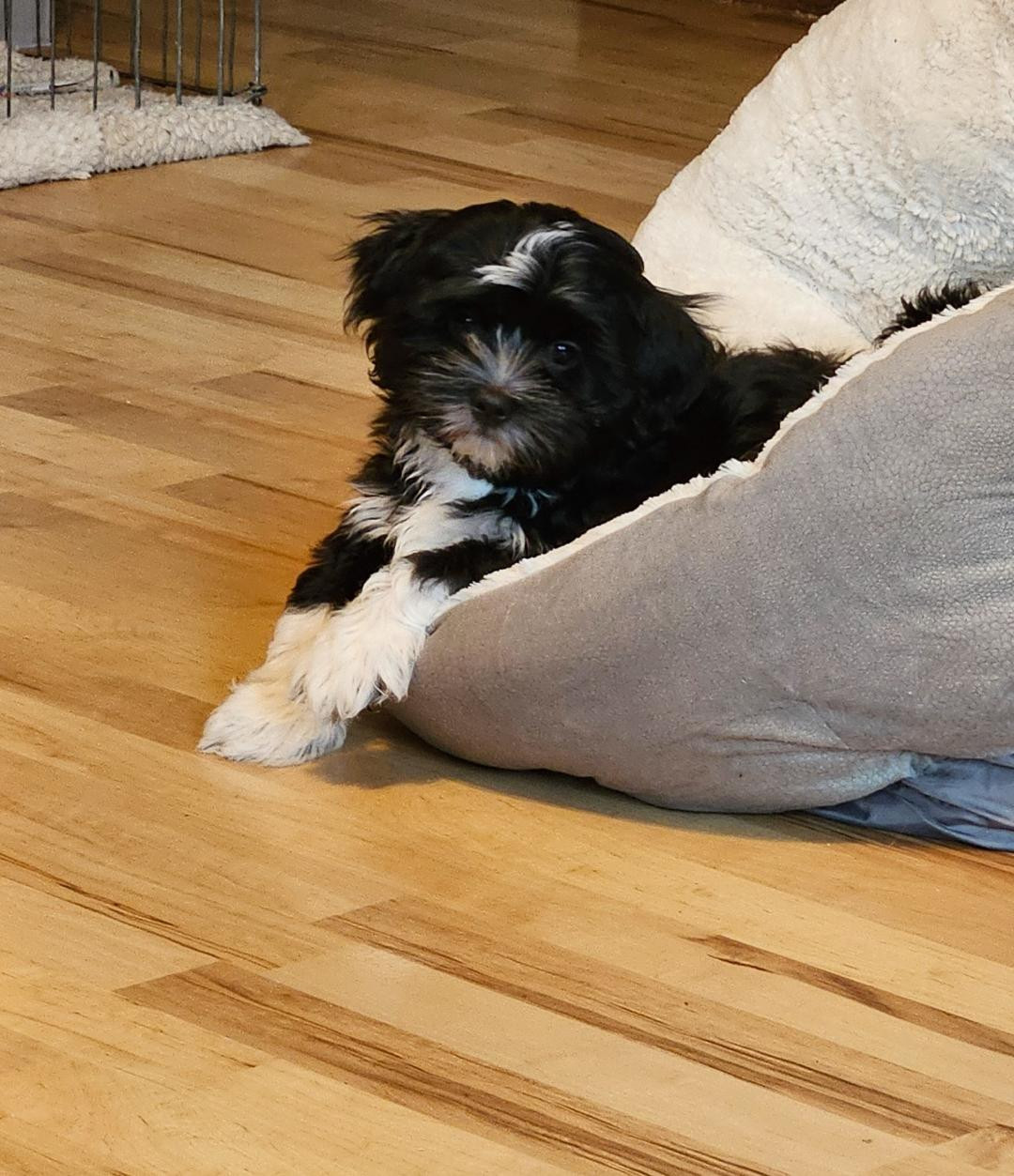
Congratulations on your new family member! We know you are super excited to bring your new little puppy home. We have a few suggestions to make this transition easier for both of you. Most of the products I list are on my website resource page.
Food and Water:
Our dogs tend to not like the shiny metal ones though they will sometimes or often eat out of them. Plastic bowls can leak out chemicals and also be hazardous if they start chewing on them. We recommend a ceramic or glass bowl.
The puppy is on Farmina N&D Lamb, Pumpkin, and Blueberry adult mini bites about 4 times a day or free feeding. They are getting soft food occasionally as needed or once a day.
Free choice water all times. We put water in pails or small dishes and we have also used a water fountain much like the cats use. We really like those as they keep the water flowing and moving and
and feels cleaner somehow.
Treats:
We only give treats that can be easily broken, we like to stay with treats that have very few or only 1 ingredient or are organic (we have found some beef treats at costco with beef as main ingredient, they also have duck but some of our adult dogs have gotten sick from it so we tend to stay away from this treat). The puppies love Grandma Lucy’s Organic Dog treats and they come in a variety of flavors. Currently we are giving the apple and the banana ones to them.
We do not advocate or advise using real bones, rawhide, hooves, all of which can cause obstructions. Greenies can cause upset stomach and even obstructions as well. We recommend Nylabone, the hard ones that are usually white in color. When they are chewed and have sharp points then they should be thrown away. There are also Dogswood or Antler dog chews that are very durable under chewing
Teeth/Breath cleaners:
You can get some safe chewable teeth and breath cleaners from a vet that do look similar to greenies as well as using a toothbrush for dogs.
Potty Training
The puppies use one corner of their pen for their potty training so having puppy pads would be very handy. Find a place that you will use consistently for the puppy pads then you can gradually move it towards the door to start working towards going outside.
Its helpful to teach a puppy voice commands so when the puppy pees choose the word you want to use for pee and praise the puppy each time and give a treat, same with the pooping – actually what works wonderful is using a special treat they only get when they do something extra special since teaching to poop on command is harder.
Harness/Leash:
The harness is easier and safer for these little ones then a collar as the pressure of pulling is based more in shoulders and back then on the neck. These little ones are used to a soft breakaway collar now so a light collar with their tags on is fine.
Bed:
The puppies love their soft beds but they will also sleep on a soft rug or blanket. The crates we use are mostly for them to go in and out of at will and they do lie them as their “cave”. We do not tend to leave a dog in a crate for any extended period of time.
Pen
You can get a portable pen that will give the puppy room to play while allowing them to have a bed, water, and puppy pad in there so they are contained. This is awesome for a puppy and a great alternative to a puppy being placed in a kennel for an extended period of time.
May your have Luv-N-Laughter throughout your Lives!!


